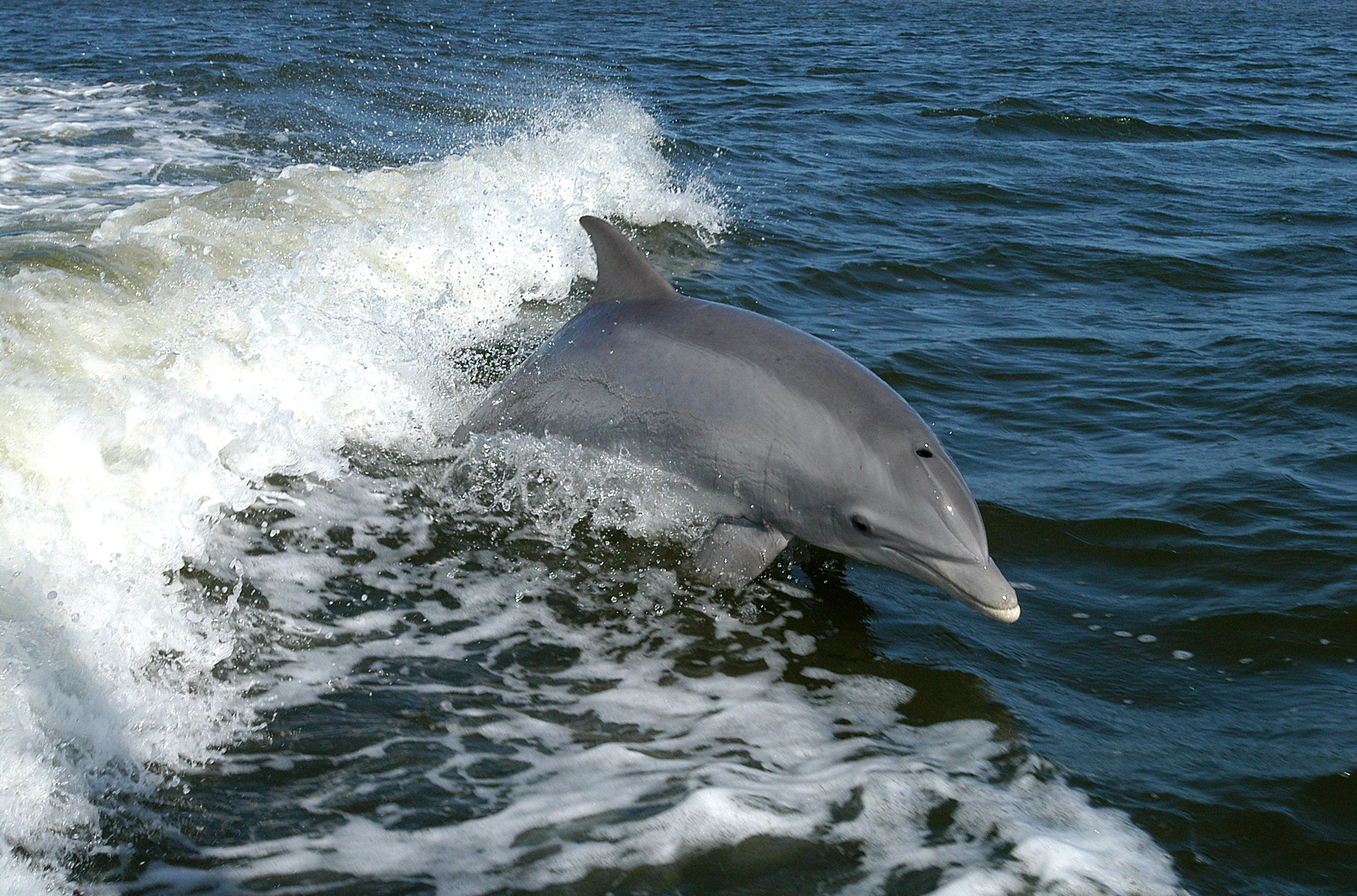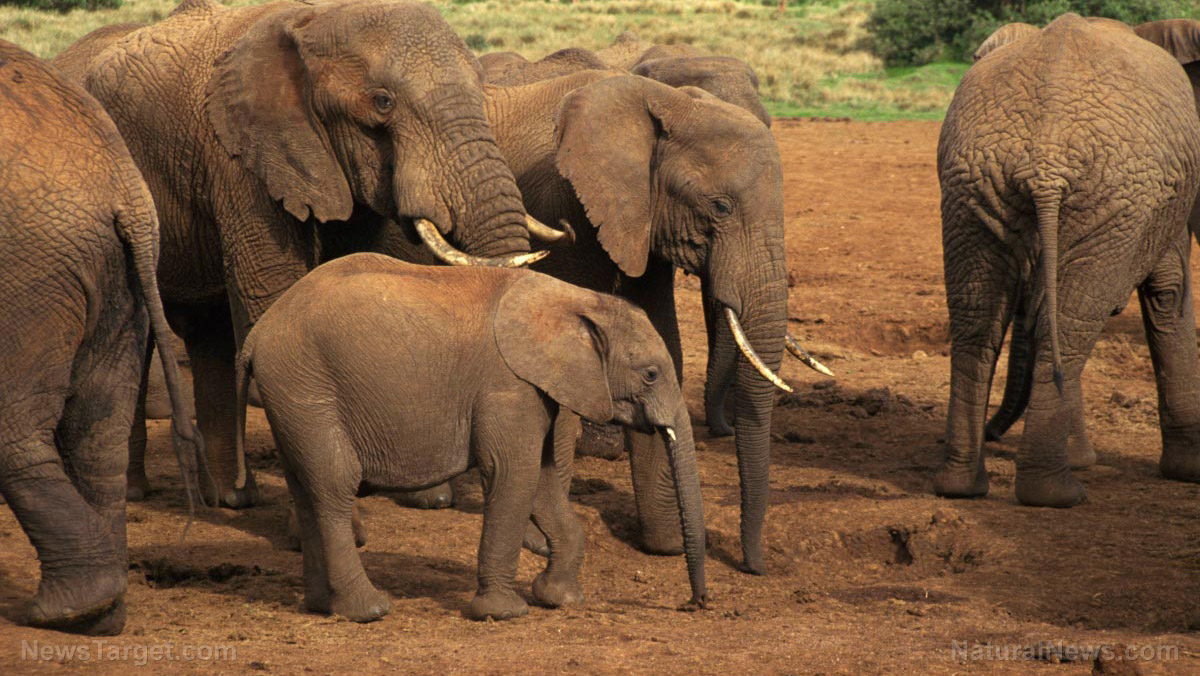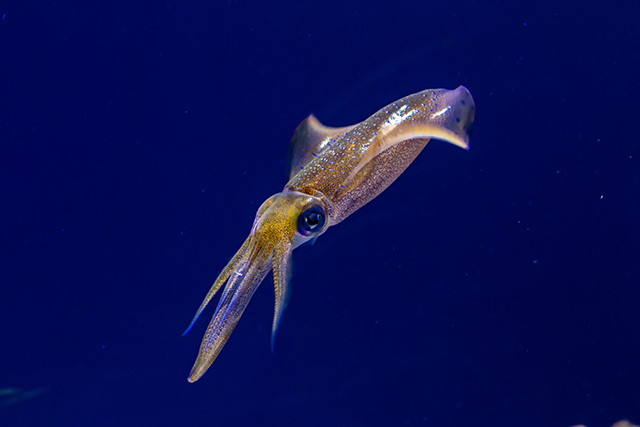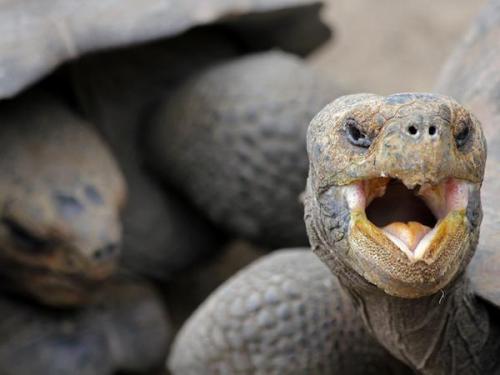
According to TheGuardian.com, the researchers gathered records of these animals engaging in behaviors indicative of complex social and cultural systems. For example, they found observations of sperm whales communicating in local dialects, orcas or killer whales calling one another by their names, and even dolphins producing whistles that corresponded with absent dolphins, implying that dolphins may gossip.
More than that, the researchers have unearthed reports detailing how whales have trends and fads in songs that change as the years go on, and are passed from one group of whales to another. Furthermore, they've also found information pertaining to adult dolphins and whales that helped raise unrelated young. Michael Muthukrishna, one of the study's co-authors and an economic psychologist at the London School of Economics, has remarked on this and said: “There is the saying that ‘it takes a village to raise a child’ [and that] seems to be true for both whales and humans.”
Based on the information amassed, Muthukrishna and his colleagues chalk up the richness of these marine cultures to the Social Brain Hypothesis and Cultural Brain Hypothesis. These two evolutionary theories state that large, intelligent brains developed as responses to information-rich social environments. Originally, these hypotheses were applied to primates and land mammals to explain how their brains evolved to keep up with the stresses of living in big groups. (Related: Yes, they’re conscious: Chimpanzee learns how to play paper, scissors, rock with a human child.)
“The evidence in primates suggest they are doing a lot of things, including innovating, learning from each other, coordinating behavior, policing each other and using a wide range of foods. Our study is the first to show the same pattern in other mammals — in whales and dolphins those species found in stable ‘societies’ have bigger brains and these species show more evidence of cultural or learned traits,” Dr. Susanne Shultz, lead study author, told the DailyMail.co.uk.
By contrast, massive baleen whales such as blue whales and bowhead whales have much smaller brains relative to their size. These largely solitary animals don't form long-term, stable relationships, move around in loosely connected pods, and only really congregate during the mating season. “Those predominantly found alone or in small groups had the smallest brains,” noted Shultz.
Dolphins and humans: What's the connection?
In addition to shedding light on the level of intelligence possessed by these marine mammals, the researchers claim that their study can tell us a lot about ourselves as well. Particularly, how we as a species gained the intellectual edge over other animals.
“This research isn't just about looking at the intelligence of whales and dolphins, it also has important anthropological ramifications as well. In order to move toward a more general theory of human behavior, we need to understand what makes humans so different from other animals. And to do this, we need a control group. Compared to primates, cetaceans are a more 'alien' control group,” said Muthukrishna.
He explained that primates muddle the lines between what could be the result of the environment and what features just happened to already be inherent. Dolphins, whales, and porpoises, on the other hand, keep those lines distinct.
Luke Rendell, a biologist who has studied sperm whales, had this to say: “It is interesting to think that whale and human brains are different in their structure but have brought us to the same patterns in behavior. The extent of how this is close to humans can educate us about evolutionary forces in general.”
Go to Research.news for more studies on animal behavior.
Sources include:
Please contact us for more information.























